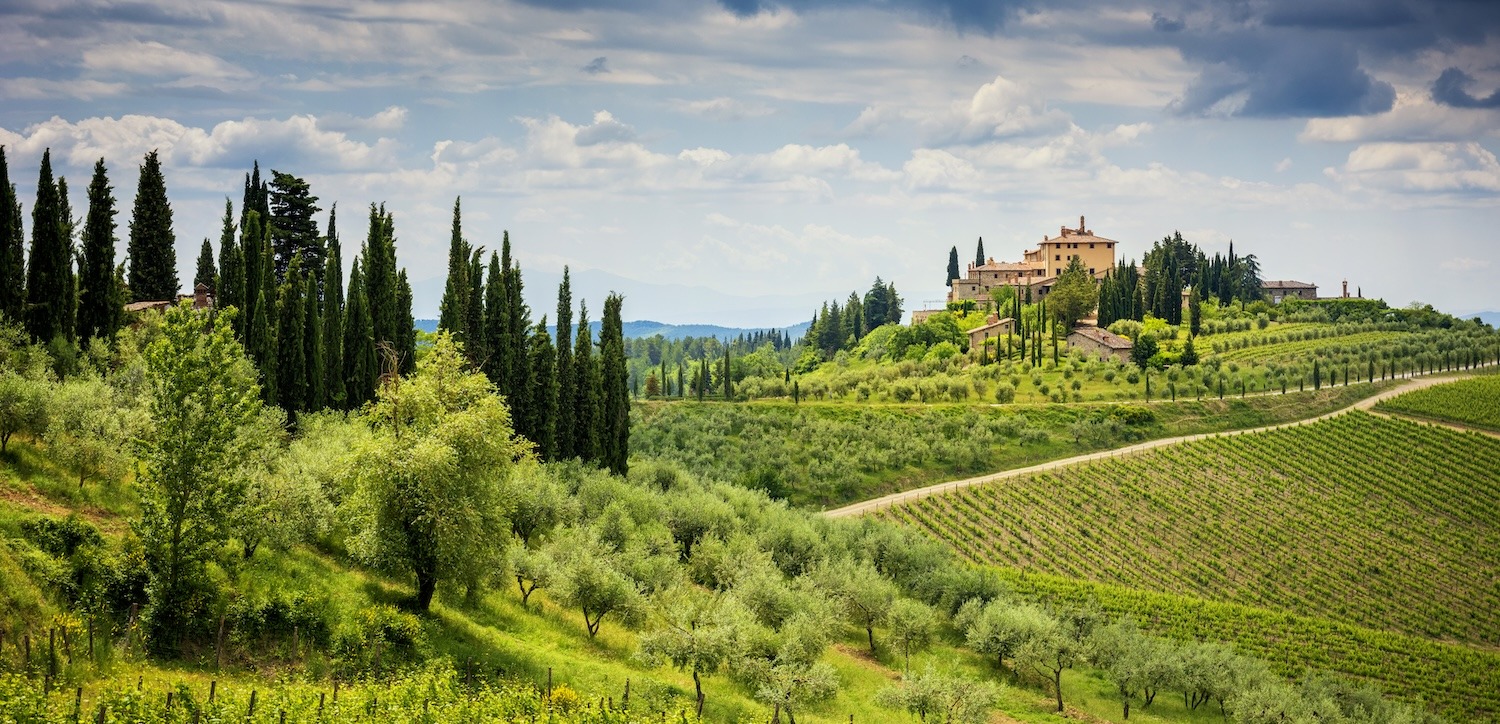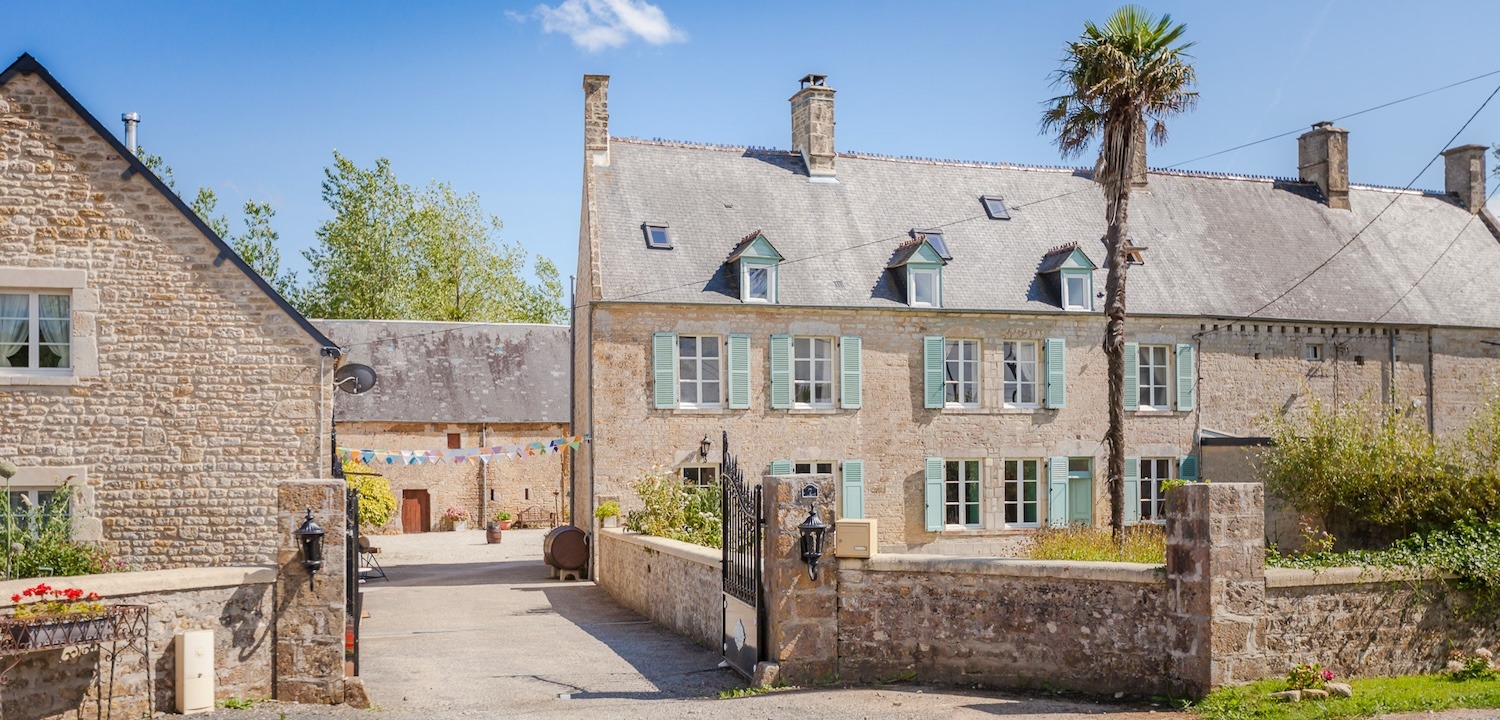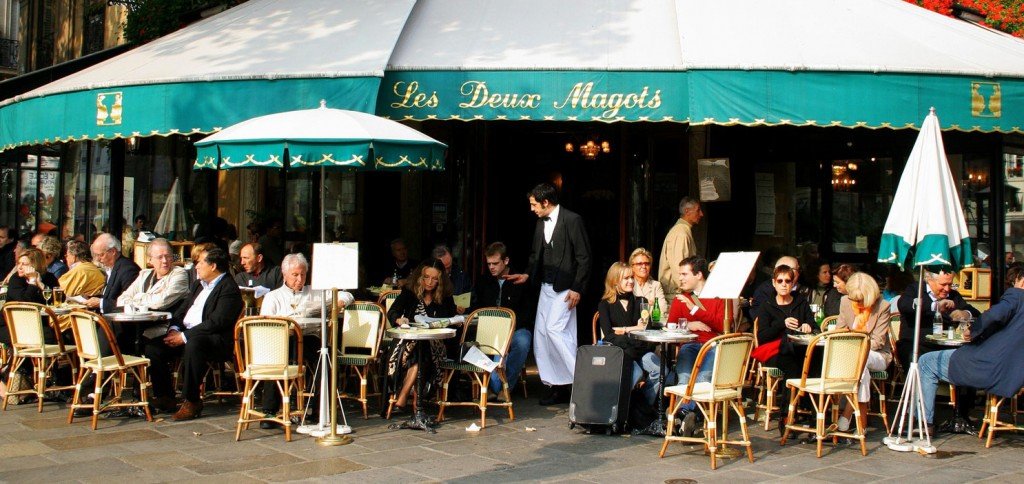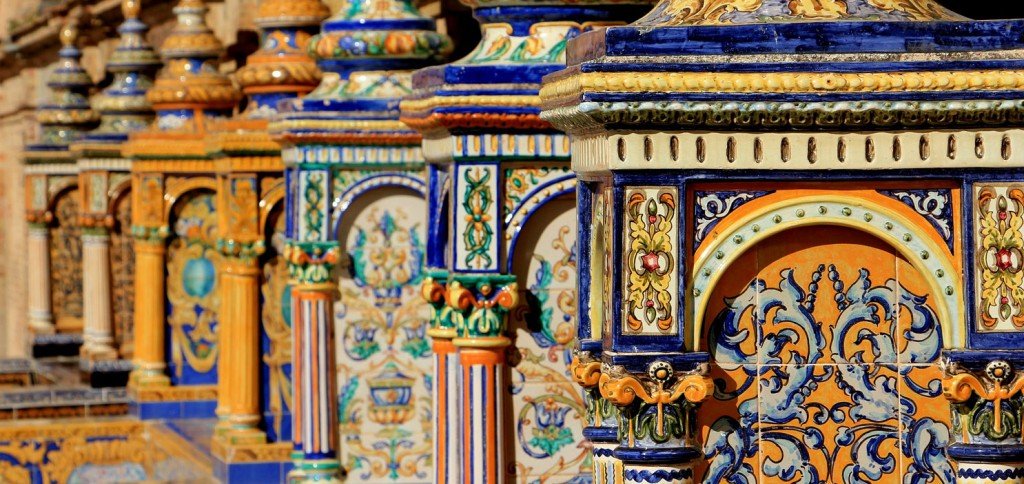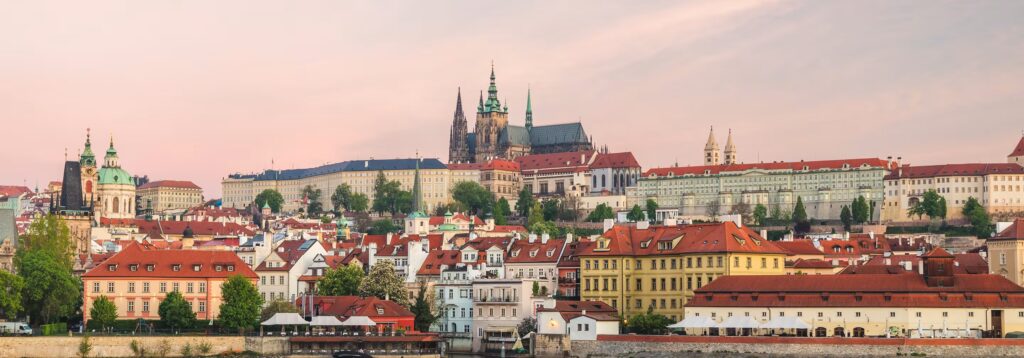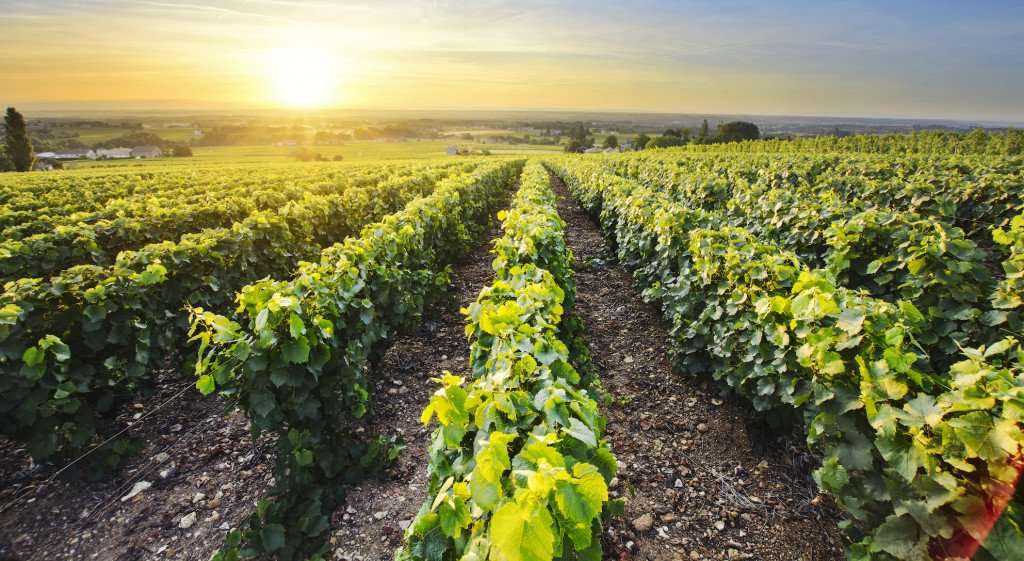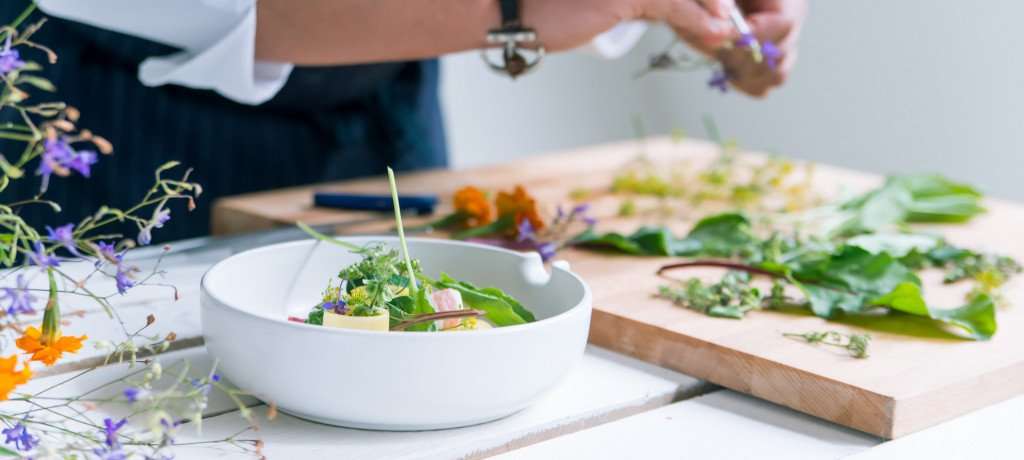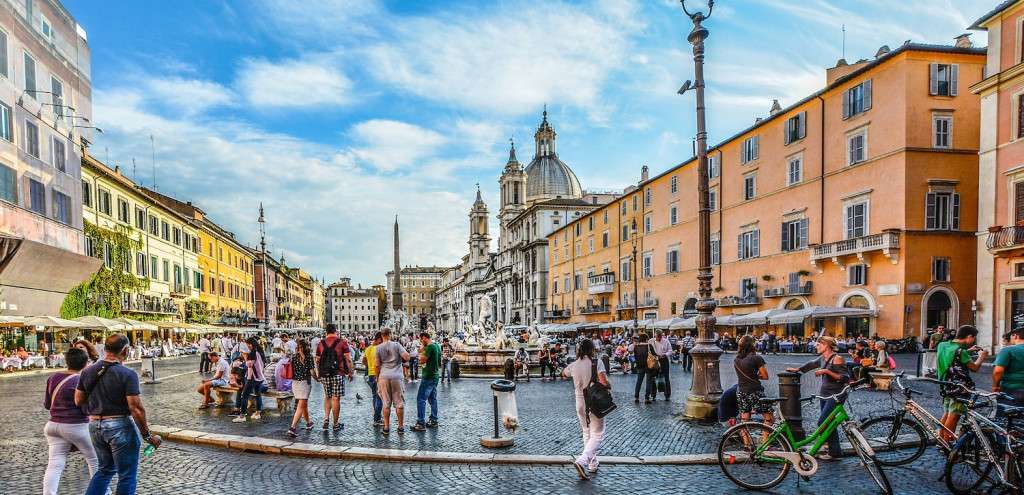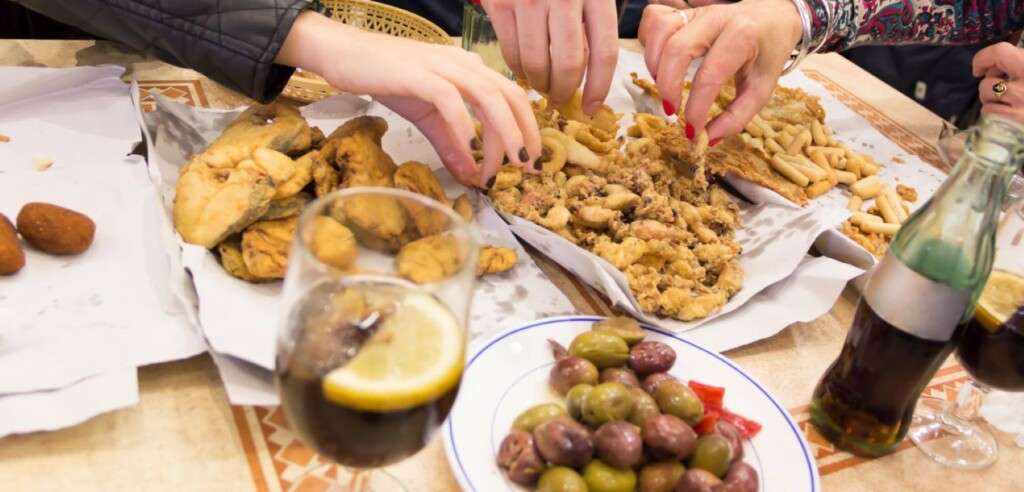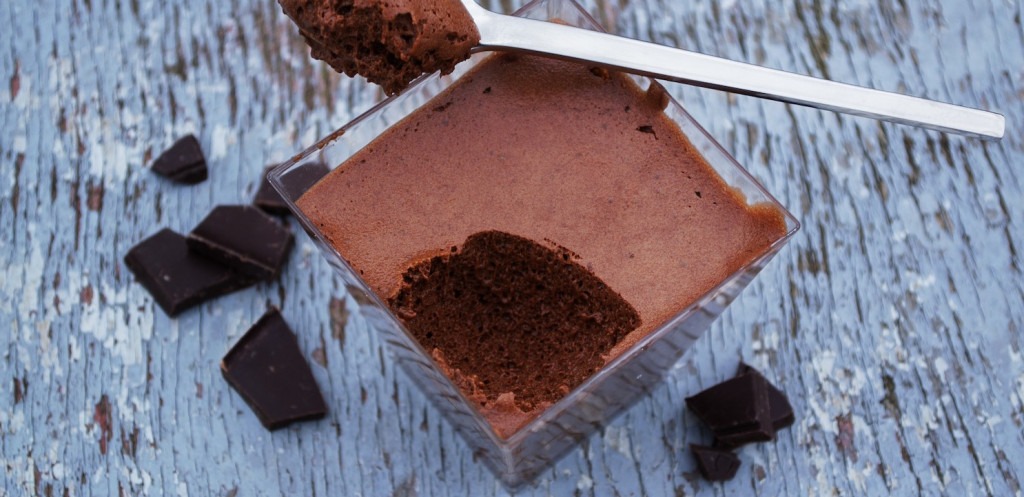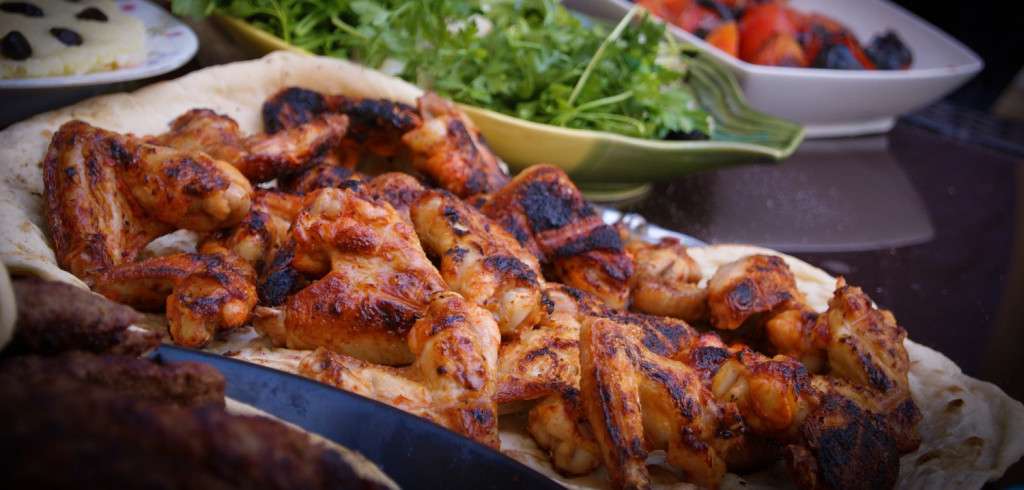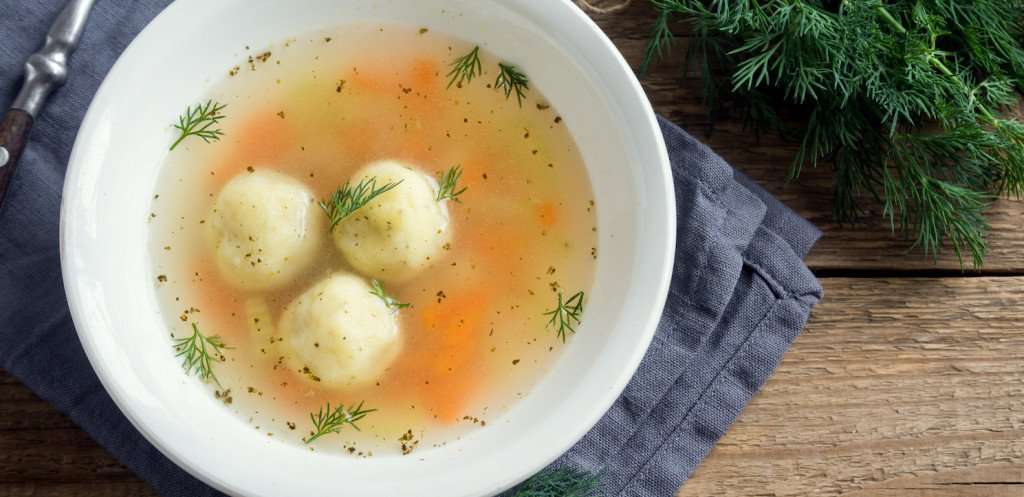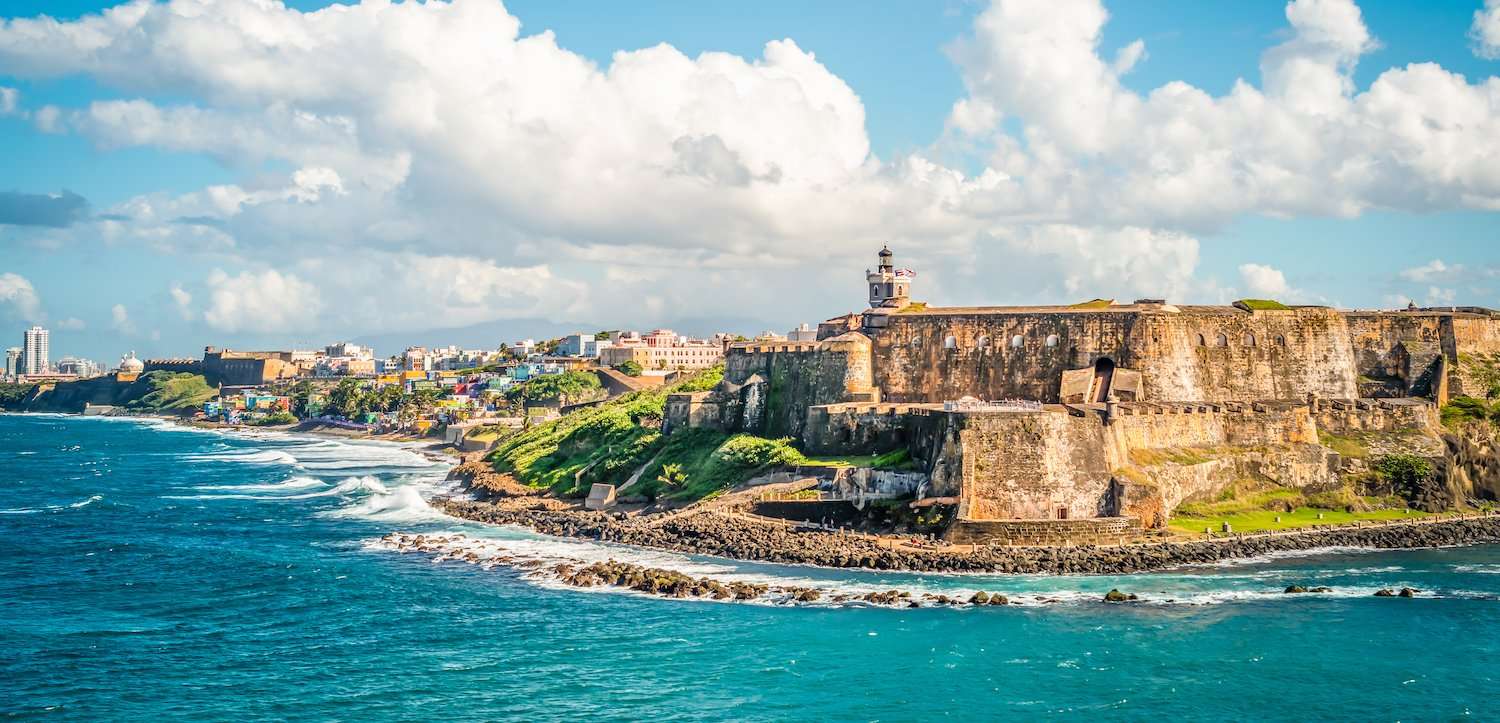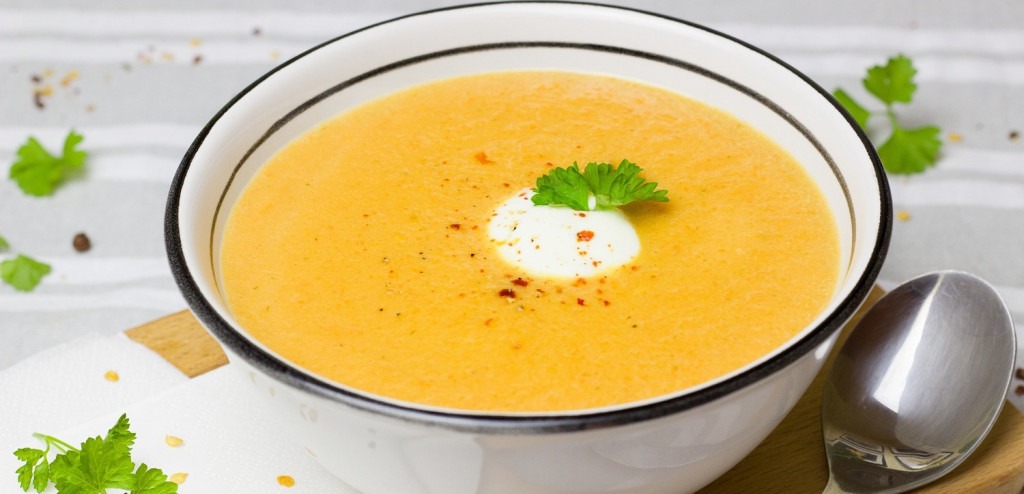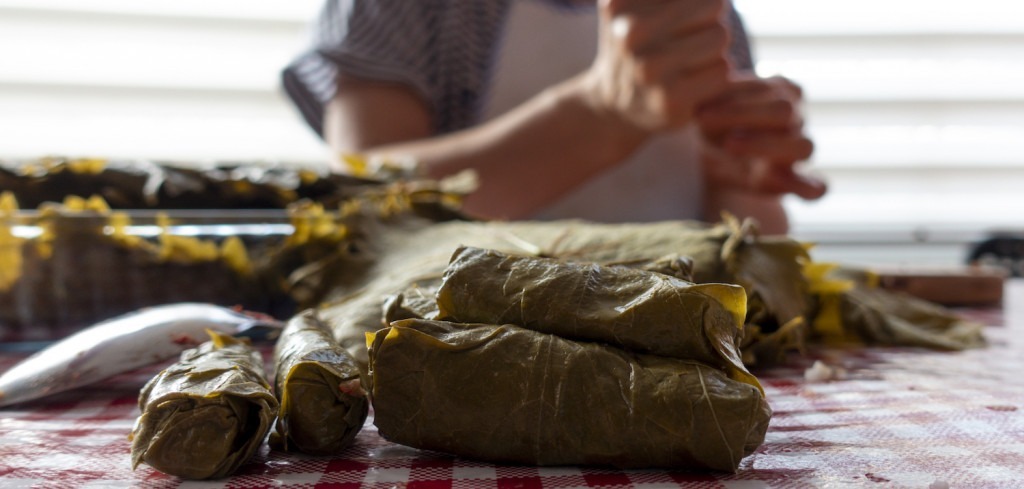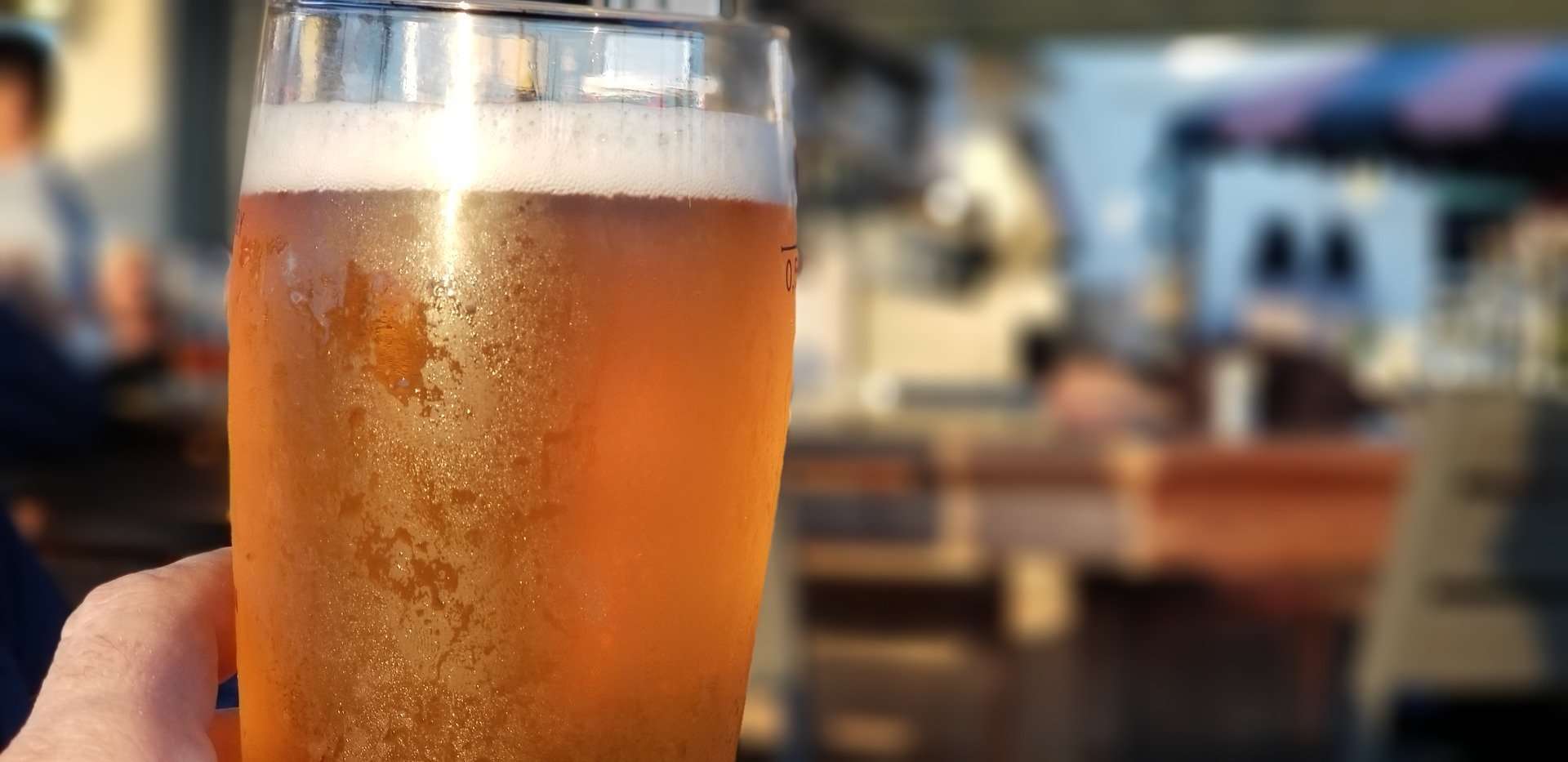
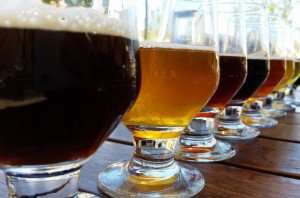 Today is National Beer Day, and in its honor we’ll be talking about beer in our hometown, Chicago.
Today is National Beer Day, and in its honor we’ll be talking about beer in our hometown, Chicago.
The rise in the production, sales, and quality of so-called “craft” beers in the US in the past few decades, and particularly since the 1990’s, has meant a corresponding increase in craft breweries and brewpubs, not to mention a plethora of amazing brews to try.
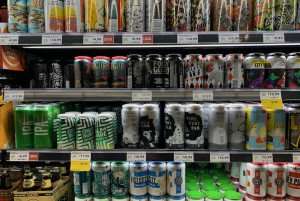 When I was young and growing up in a small Midwestern town, the only beers we knew were Budweiser, Miller, Michelob, Old Milwaukee, Busch, and Natural Light. When I hit college in New York City in the late 80’s, Rolling Rock and Heineken seemed exotic and highbrow. Of course, as a college student I would not have had the cash for high-end craft beers, but they really weren’t even on our radar.
When I was young and growing up in a small Midwestern town, the only beers we knew were Budweiser, Miller, Michelob, Old Milwaukee, Busch, and Natural Light. When I hit college in New York City in the late 80’s, Rolling Rock and Heineken seemed exotic and highbrow. Of course, as a college student I would not have had the cash for high-end craft beers, but they really weren’t even on our radar.
Since those days the craft beer industry has exploded, which is particularly gratifying for those of us who enjoy good beer.
This dramatic increase in craft beer production is perfectly evident in Chicago, which in the past several years has been reported to have more breweries than any other US city (“Apartment construction, and beer, flows freely in Chicago,” Chicago Tribune, July 27, 2017; “Chicago is America’s New Beer Capital,” ABC News, December 12, 2018).
So what is a “craft” beer? What’s a microbrewery? What’s the difference between a brewery and a brewpub? And what, exactly, is a taproom?
15,000 Barrels of Beer on the Wall…
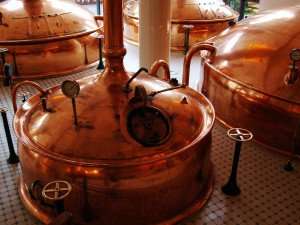 Let’s start with that last one. A taproom is quite literally a room where beer is available on tap. But in the world of craft brewing, it’s the place at a brewery where beer is served, versus where it is made. You don’t usually stand around the “coppers” (the brew kettle in which beer is brewed) asking for a drink, right?
Let’s start with that last one. A taproom is quite literally a room where beer is available on tap. But in the world of craft brewing, it’s the place at a brewery where beer is served, versus where it is made. You don’t usually stand around the “coppers” (the brew kettle in which beer is brewed) asking for a drink, right?
A brewery is simply a place where beer is produced. It might not have a taproom, if it produces beer only for distribution. But even if it does have a taproom, most of the production is for distribution, not for consumption on site.
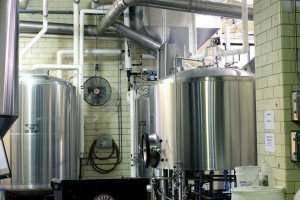 If the brewery produces less than 15,000 barrels of beer annually, then it is classified as a microbrewery. (And very small producers can be further classified as nanobreweries). Basically, what we think of as “craft” beer is what is produced in these smaller breweries, although some consider anything smaller than a large brewery (6,000,000 barrels or more annually!) a craft brewery.
If the brewery produces less than 15,000 barrels of beer annually, then it is classified as a microbrewery. (And very small producers can be further classified as nanobreweries). Basically, what we think of as “craft” beer is what is produced in these smaller breweries, although some consider anything smaller than a large brewery (6,000,000 barrels or more annually!) a craft brewery.
 A brewpub is also a place where beer is brewed, but its production is meant to be consumed at least 25% on site in conjunction with its food services. So it is basically a cross between a brewery and a restaurant where the beer brewed is done so to serve at the restaurant. How is this different than a taproom? Remember, a taproom is where you can taste the beer made at a brewery, but only a small percentage of the beer will be consumed there. And although food may be served at a taproom, it’s not as much of a focus as at a brewpub.
A brewpub is also a place where beer is brewed, but its production is meant to be consumed at least 25% on site in conjunction with its food services. So it is basically a cross between a brewery and a restaurant where the beer brewed is done so to serve at the restaurant. How is this different than a taproom? Remember, a taproom is where you can taste the beer made at a brewery, but only a small percentage of the beer will be consumed there. And although food may be served at a taproom, it’s not as much of a focus as at a brewpub.
 The laws that govern what a brewpub is and can do actually vary state by state. In fact, it seems this is in part why brewpubs exist at all. The classic model for beer production, distribution, and consumption followed just those steps: producer to distributor (wholesaler), wholesaler to retailer, and retailer to consumer (you!). Laws that allow a brewer to sell directly to the consumer (via a taproom or brewpub) have created these subcategories of brewing establishments. The laws defining and governing them vary, but usually have to do with the volume of production and percentage of it consumed on site.
The laws that govern what a brewpub is and can do actually vary state by state. In fact, it seems this is in part why brewpubs exist at all. The classic model for beer production, distribution, and consumption followed just those steps: producer to distributor (wholesaler), wholesaler to retailer, and retailer to consumer (you!). Laws that allow a brewer to sell directly to the consumer (via a taproom or brewpub) have created these subcategories of brewing establishments. The laws defining and governing them vary, but usually have to do with the volume of production and percentage of it consumed on site.
Favorite Brewpubs and Taprooms in Chicago
So, what does this mean to you if you’re visiting the Windy City on our Food Lover’s Chicago tour? Plenty of amazing taprooms and brewpubs to visit: somewhere upward of 167 of them, in fact, if you count the suburbs.
Timeout Chicago published a great list of Chicago breweries and brewpubs last year, but some of our favorites are:
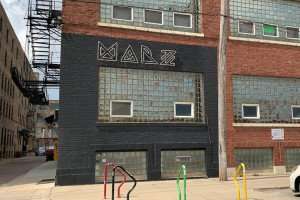 Marz Community Brewing Company
Marz Community Brewing Company
Quirky, artistic, always unexpected, and owned not only by a great guy, but by someone who has been giving back to his community for decades. Case in point? Check out the Community Kitchen, founded in the age of COVID to provide nutritious, hot meals to those in need as well as work for farmers, chefs, and those in the restaurant business struggling during lockdown.
Plus, the beer is amazing, and the food is Japanese comfort food by Mom’s, a north-side eatery. Try a Jungle Boogie wheat beer with Mom’s pork belly ramen kit. Heaven!
Learn more about Marz Brewing.
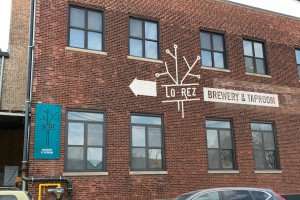 Lo Rez
Lo Rez
Located in an old brick building in the Pilsen district, this brewery and taproom was founded by two guys who started making beer in their garage. Head to Pilsen as part of our Chicago food tour and pull up a table (or park yourself at a picnic table) in the chic-ly minimalist taproom, which serves a variety of beers and a few snacks. Try their Belgian Strong Golden with a cheese flight and you’ll thank us!
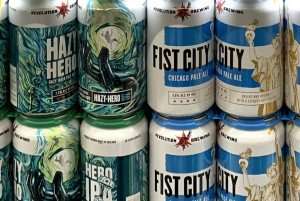 Revolution
Revolution
As Illinois’ largest independently-owned brewery, you might worry that its success has bred complacency. You would be wrong! The company produces a wonderful array of different brews, from hoppy IPAs to porters and pilsners. You have two choices of places to try: the northside brewery and taproom (which serves a few snacks), or the brewpub in the hip Logan Square neighborhood.
Learn more about Revolution Brewing.
 Whiner Beer Company
Whiner Beer Company
Head to the Back-of-the-Yards where a collaborative community of food-minded people have created a net-zero energy model of production. (Learn more about The Plant and its partners, which include farmers, grocers, cheese producers, kombucha makers, and, yes, brewers!)
One of the businesses located in this unique space is Whiner Beer Company, which produces barrel-aged beers and “booch,” or hard kombucha. The taproom also serves pizza, a perfect pairing!
Learn more about Whiner Beer Company.
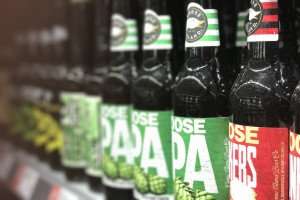 Goose Island
Goose Island
We have to include the Goose Island Clybourn Brewhouse since it was one of the first craft breweries in Chicago. Founded in 1988, the brewpub’s original location is still worth checking out. The brewery was purchased by Anheuser-Busch a decade ago for almost $40 million: a sure sign if ever there was of the emergence of craft brewing and brewpubs in the economy of US beer production.
Fun fact: the Goose Island Beer Company was named after the small island located nearby in the Chicago River and called, of course, Goose Island. The island reported got its name from the flocks kept by the Irish immigrants who lived there.
Learn more about Goose Island Brewery.
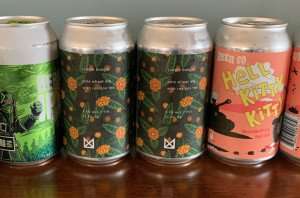 On our Food Lover’s Chicago culinary tour, we can add visits to any of these brewpubs and taprooms, or you can visit them on your own during your free time.
On our Food Lover’s Chicago culinary tour, we can add visits to any of these brewpubs and taprooms, or you can visit them on your own during your free time.
Because while Chicago might be known for its pizza and hot dogs, you can bet they’re always accompanied by a good beer.
Cheers!
Sign up to Receive Our Newsletter
As well as travel tips, promotions, and information on our best cooking vacations.
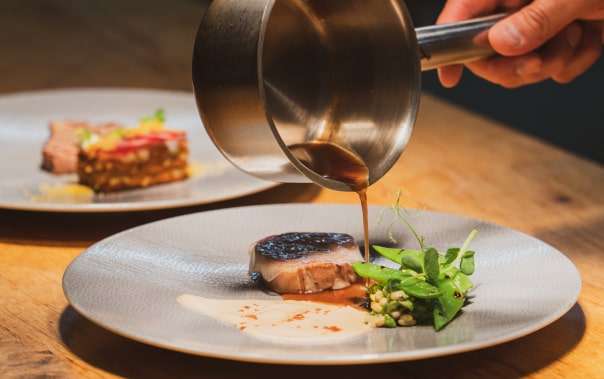
blog
Related Blog Posts
recipes



